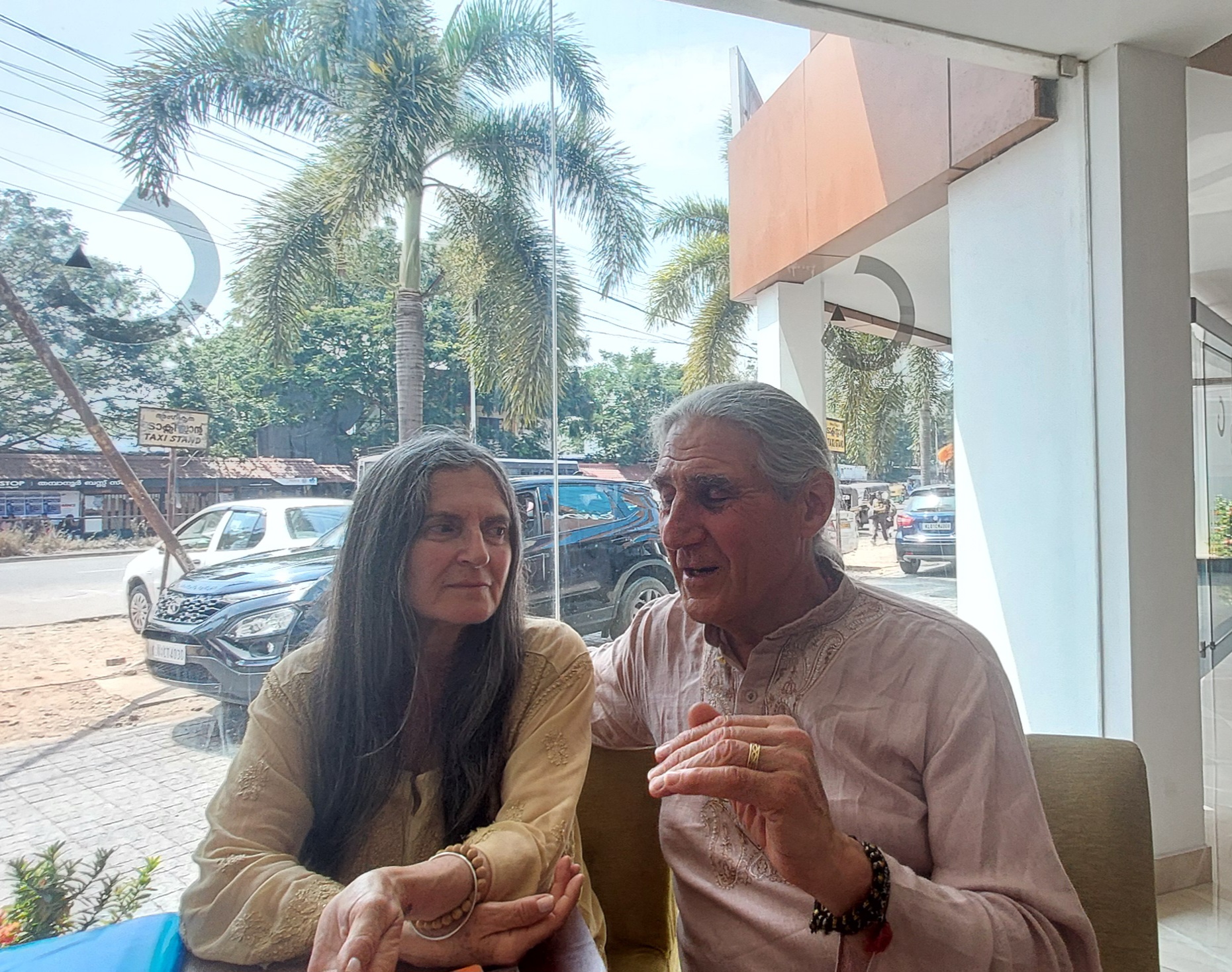Between the 1st and 17th centuries AD, India stood as the largest economy of the ancient and medieval world, commanding an estimated one-third to one-fourth of the world’s wealth. This unmatched prosperity attracted travellers and scholars from across the globe, who documented their admiration for the land’s riches and cultural advancements.
From Megasthenes in 302 CE to Faxian in 405 CE, Hiuen Tsang in 630 CE, and Al-Masudi in 957 CE, India’s grandeur was celebrated in countless records. Renowned figures such as Al-Biruni, Marco Polo, Ibn Battuta, and Sir Thomas Roe marvelled at the wealth, and prosperity they witnessed.
These accounts highlight India’s dominant role in the global economy—a position it maintained until British colonial rule ushered in an era of decline. Even today, India’s historical prominence serves as a powerful reminder of its rich cultural and economic legacy.
What made India so remarkably wealthy during the past is a question worth exploring. The answer reveals a profound truth about the nature of wealth in India—one that transcends our conventional understanding of money.
Today, we often equate wealth with money, a concept that has evolved over centuries. From the barter system to the advent of paper currency and now cryptocurrencies, the medium of exchange has undergone significant transformation. Yet, one thing remains constant: currency, in itself, holds no intrinsic value.
Whether it is a piece of paper or a cryptographic code, currency merely represents something valuable in the real world. It derives its worth from trust and recognition. When stripped of its status as legal tender—through acts such as demonetization—it becomes nothing more than a piece of paper or an obsolete code.
Nikola Tesla, one of the greatest scientific minds to have ever lived, once remarked, “Money does not represent such a value as men have placed upon it.” This profound observation resonates deeply with modern perspectives on money, as explored by Yuval Noah Harari in his celebrated book Sapiens: A Brief History of Humankind.
Harari delves into the evolution of money, emphasizing that its early forms were tied to intrinsic value. He cites Sumerian barley money—history’s first known currency—as an example. Back then, trust in money was limited, and it was necessary for currency to be tied to tangible, valuable goods.
Over time, however, currency evolved into an abstract representation of value, untethered from physical goods. Harari astutely argues that money is not a physical entity but an "imagined order," a psychological construct built upon mutual trust. In his words, “It is the most efficient system of mutual trust ever devised.”
Interestingly, this trust is a uniquely human phenomenon. As Harari quips, “You could never convince a monkey to give you a banana by promising him limitless bananas after death in monkey heaven.” Unlike animals, humans can collectively believe in abstract concepts, enabling systems like money to function.
And here lies the fundamental truth: the real "value" behind money is trust. It operates on an intangible plane, transcending the physical world. Currency, whether in the form of paper bills, digital numbers, or crypto codes, derives its power solely from the collective trust of those who use it.
Currency, in its essence, serves as the physical representation of value—a concept that, in its true form, is far beyond the confines of mere numbers. Yet, this representation is profoundly limited. Consider the humble banana, priced at ten rupees. In monetary terms, it may appear to cost just that—ten rupees. But the real value, the nutrients it provides, the benefits it can deliver to the body, is immeasurable. The nourishment it offers cannot be contained in a simple price tag. Now, imagine a bottle of water during a time of extreme drought. It may fetch a price of lakhs of rupees, yet its true value lies not in the currency it commands, but in its life-sustaining capacity. Water, as we know, is indispensable to life, and in a crisis, its value becomes beyond calculation.
By introducing currency into the equation, we attempt to transform these immeasurable values into something quantifiable. Money, in its various forms, serves to make the intangible tangible—giving us a way to measure and exchange the countless gifts of nature and human labor. In this sense, currency is both a necessity and a limitation. It allows the wheels of the global economy to turn, making transactions possible and connecting disparate markets. Yet, in the process, it distills the vast and profound worth of resources, human efforts, and life itself into mere numbers.
In India, money is often seen as a direct representation of wealth. This wealth, however, is not merely about material accumulation; it is imbued with deeper spiritual significance. The Sanskrit term for prosperity, Aishwarya, is derived from Isha, meaning God. Aishwarya is not just wealth—it is the divine quality of Ishwara, or God. In the ancient Indian philosophy of the Purusharthas, wealth is referred to as Artha, a term that goes beyond the mere concept of money. Artha means "meaning"—it is the purpose and virtue one acquires in life. Unlike the materialist view of wealth, ancient India used the abstract idea of Artha to denote the value one brings into existence through life’s endeavors.
Money, in this view, is a consequence of value, not its origin. This idea is beautifully illustrated in the depiction of Kubera, the lord of wealth. Kubera is shown as a subordinate to Goddess Lakshmi, who represents unbounded prosperity. Lakshmi’s divinity, grace, and splendor are metaphysical qualities, transcending the physical world. Where there is Lakshmi, there is Kubera—emphasizing that true wealth flows from divine grace, not mere material accumulation.
A contemporary reflection of this philosophy can be seen in the phenomenon of brand endorsements. Successful film stars, sportspeople, and renowned individuals endorse brands, often at astronomical fees. Consumers, in turn, buy these products believing they signify superior value. What they fail to realize is that the value of the brand is inflated by the hard-earned success and labor of the human behind it. The material world may provide the vehicle, but the value—whether in a product, service, or person—comes from human effort, not the material itself.
As Swami Vivekananda famously said, “Money and all will come of themselves; we want men, not money. It is man that makes everything—what can money do?” In this light, it becomes clear: Value is not a physical attribute of any material object, but rather, it is a creation of human spirit and endeavor.
In many Indic texts, we find numerous Mantra practices designed to cultivate wealth. A prime example is the Saundaryalahari, a Tantric text attributed to Adi Shankaracharya. However, in modern interpretations, the term "wealth" is often equated with money, leading many to believe that these ancient spiritual practices are aimed at material gain. This is a misunderstanding. The true purpose of these practices—known as Sadhanas—is not to amass money, but to generate Wealth Unbound.
Through dedicated spiritual practice, one cultivates immense inner wealth, and this accomplishment is known as Ishitva Siddhi—the attainment of a status akin to Ishwara (the divine). This is not about material riches, but about embodying virtuous qualities that align with divinity itself. In this context, spiritual Sadhanas become a value generation program. The ‘value’ created through these practices attracts wealth, but it is the inner richness—rooted in virtue, wisdom, and divinity—that becomes the true source of prosperity.
Ancient India, as the cradle of world civilizations, was built upon the nurturing of human virtues. Each individual was encouraged to cultivate these qualities, and as a result, the nation, as an embodiment of these virtues, naturally attracted wealth. The key here is that wealth, in its truest form, is a byproduct of spiritual and moral development. When we embrace the idea of Aishwarya—divine prosperity—rather than merely chasing money, profound transformation begins. Money, then, comes as a subordinate force, serving Aishwarya as Kubera serves Goddess Lakshmi.
By realigning our understanding of wealth, from the material to the metaphysical, we can unlock a deeper form of prosperity—one that transcends mere financial gain and aligns with the virtuous principles that have guided humanity for millennia.





